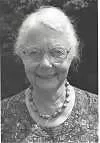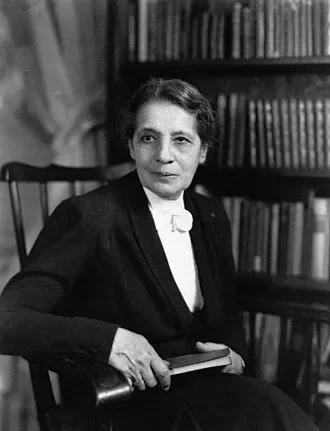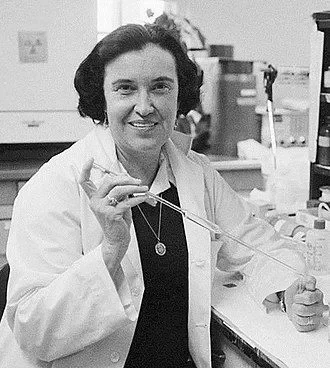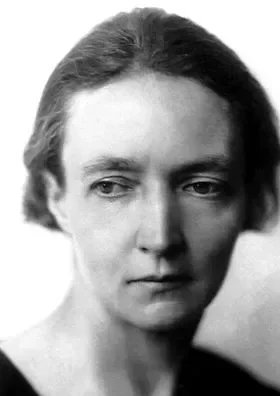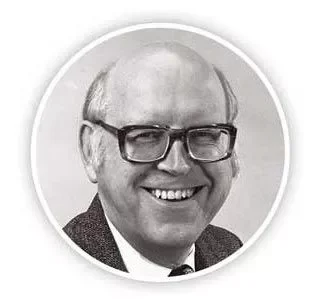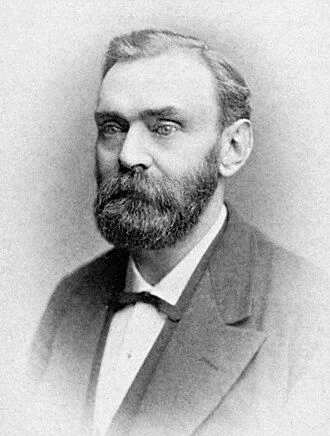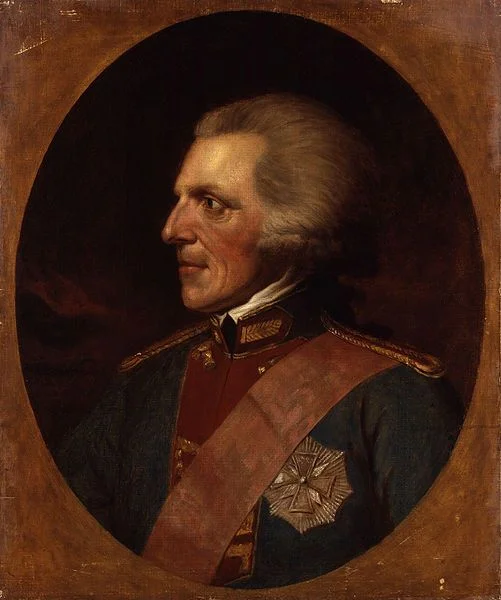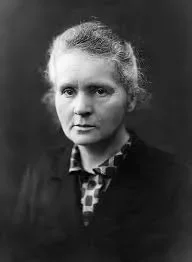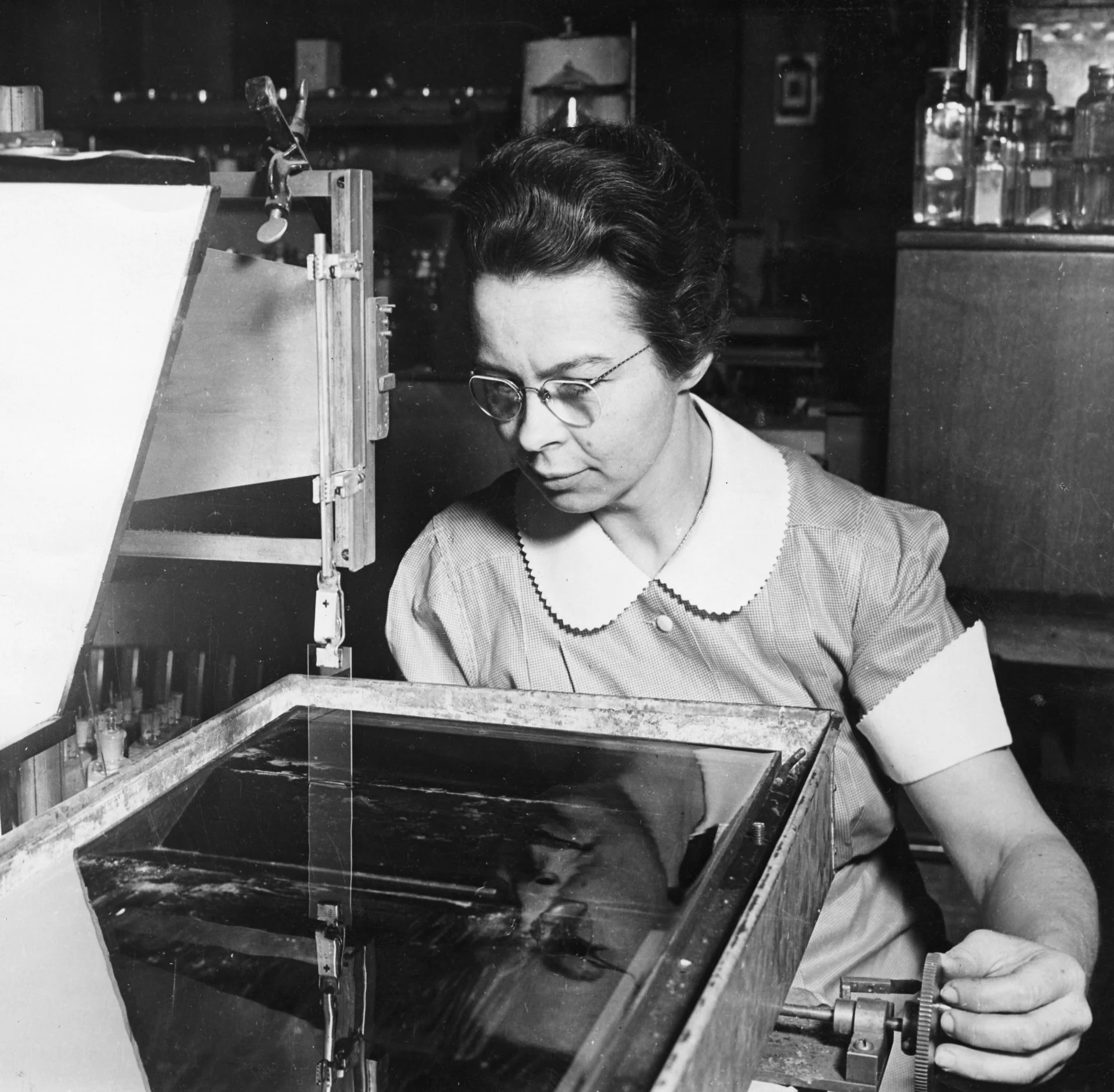Real Celebrities Never Die!
OR
Search For Past Celebrities Whose Birthday You Share
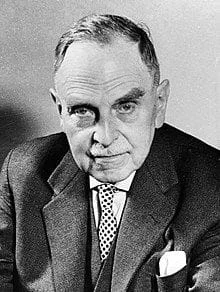
source:wikimedia.org
Otto Hahn
Birthday:
08 Mar, 1879
Date of Death:
28 Jul, 1968
Cause of death:
Natural causes
Nationality:
German
Famous As:
Researcher
Age at the time of death:
89
Introduction to Otto Hahn and His Legacy
Otto Hahn was a pioneering chemist whose work in radioactivity and nuclear fission significantly advanced the field of nuclear chemistry. Known for his discovery of nuclear fission, Hahn’s research laid the foundation for the development of atomic energy and profoundly impacted science and society.
Early Life and Education
Hahn was born on March 8, 1879, in Frankfurt-on-Main, Germany, and was the youngest son of Heinrich Hahn and Charlotte Hahn née Giese. Hahn attended secondary high school in Frankfurt-on-Main until his matriculation, after which he pursued his passion for chemistry at the universities of Marburg and Munich. In 1901, he earned his doctorate from Marburg, presenting a thesis on organic chemistry to Professor Theodor Zincke. This marked the beginning of a lifelong dedication to scientific research and discovery.
Early Scientific Career and Discoveries
Hahn’s early career was characterized by a series of scientific positions and discoveries. After obtaining his doctorate, he worked as an assistant at the Chemical Institute of Marburg for two years. In 1904, he moved to London, where he discovered radiothorium, a new radioactive substance, while working on the preparation of pure radium salts. Hahn collaborated with the renowned scientist Ernest Rutherford at McGill University in Montreal, Canada. This partnership led to the discovery of radioactinium.
Return to Germany and Collaboration with Lise Meitner
Returning to Europe, Hahn joined the Chemical Institute of the University of Berlin in 1907, where he was qualified as a university lecturer. That same year, he discovered Mesothorium, another significant radioactive substance. At the end of 1907, Hahn’s long-term collaboration with Dr. Lise Meitner began when she moved to Berlin. Over the next thirty years, their joint research would lead to numerous groundbreaking discoveries in radioactivity.
Research Contributions During and After World War I
Hahn and Meitner’s research focused on beta rays, their absorbability, magnetic spectra, and the use of radioactive recoil to obtain new radioactive transformation products. During World War I, during which Hahn served, their collaboration resumed in 1918, leading to the discovery of protactinium, the long-lived mother substance of the actinium series. Hahn also identified uranium Z as the first case of nuclear isomerism in radioactive atoms, further expanding the understanding of atomic structures.
Innovative Methods in Radioactive Substance Research
Hahn’s work extended beyond mere discoveries. He developed innovative methods for investigating and testing radioactive substances. He employed a method to assess substances rich or poor in radioactivity and created the strontium method to determine the age of geological periods. These techniques proved invaluable in the study of radioactive elements and their properties.
Otto Hahn's Quote's
The Discovery of Nuclear Fission
Hahn’s most significant and spectacular discovery came at the end of 1938 when he, along with Dr. Strassmann, discovered the fission of Uranium and thorium. This groundbreaking finding, published in early 1939, revealed that medium-heavy atomic nuclei could be split into smaller parts, releasing an enormous amount of energy. This discovery of nuclear fission was pivotal, leading to the development of nuclear energy and atomic weapons.
Hahn’s Continued Work and Recognition
Hahn’s work during this period continued until 1944, focusing on the separation and proof of various elements and atomic types produced through fission. His contributions to science were widely recognized, earning him membership in numerous prestigious academies, including those in Berlin, Göttingen, Munich, Stockholm, Vienna, and others.
Leadership and Honors
In 1912, he became a scientific member of the Kaiser Wilhelm Institute of Chemistry, eventually becoming a director and later president from 1928 to 1946. He was later honored as Honorary President of the Max Planck Society in May 1960.
Legacy and Death
Otto Hahn passed away on July 28, 1968, in Göttingen, Germany, leaving behind an enduring legacy. His discoveries in radioactivity and nuclear fission revolutionized the field of nuclear chemistry and had a lasting impact on other sciences and practical applications.
Name:
Otto Hahn
Popular Name:
Otto Hahn
Gender:
Male
Cause of Death:
Natural causes
Spouse:
Place of Birth:
Frankfurt am Main, German Empire
Place of Death:
Göttingen, West Germany
Occupation / Profession:
Personality Type
Architect: Imaginative and strategic thinkers, with a plan for everything. Otto Hahn was known for his strategic and analytical approach to scientific research, driven by curiosity and a determination to solve complex problems in chemistry and physics.
Hahn’s discovery of nuclear fission paved the way for the atomic bomb, though he was horrified by its use during World War II.
He was one of the first scientists to recognize the dangers of nuclear weapons.
Hahn opposed the Nazi regime and helped protect Jewish colleagues.
The element “Hahnium” (now called Dubnium) was briefly named in his honor.
Hahn pioneered radioactivity and radiochemistry and is regarded as the “father of nuclear chemistry.
First President of the Max Planck Society.
Discovered nuclear fission in 1938.
Regarded as the “Father of Nuclear Chemistry.”
Received numerous honors, including the Enrico Fermi Award and the Gold Medal of the Pontifical Academy of Sciences.
Awarded the Nobel Prize in Chemistry in 1944.
